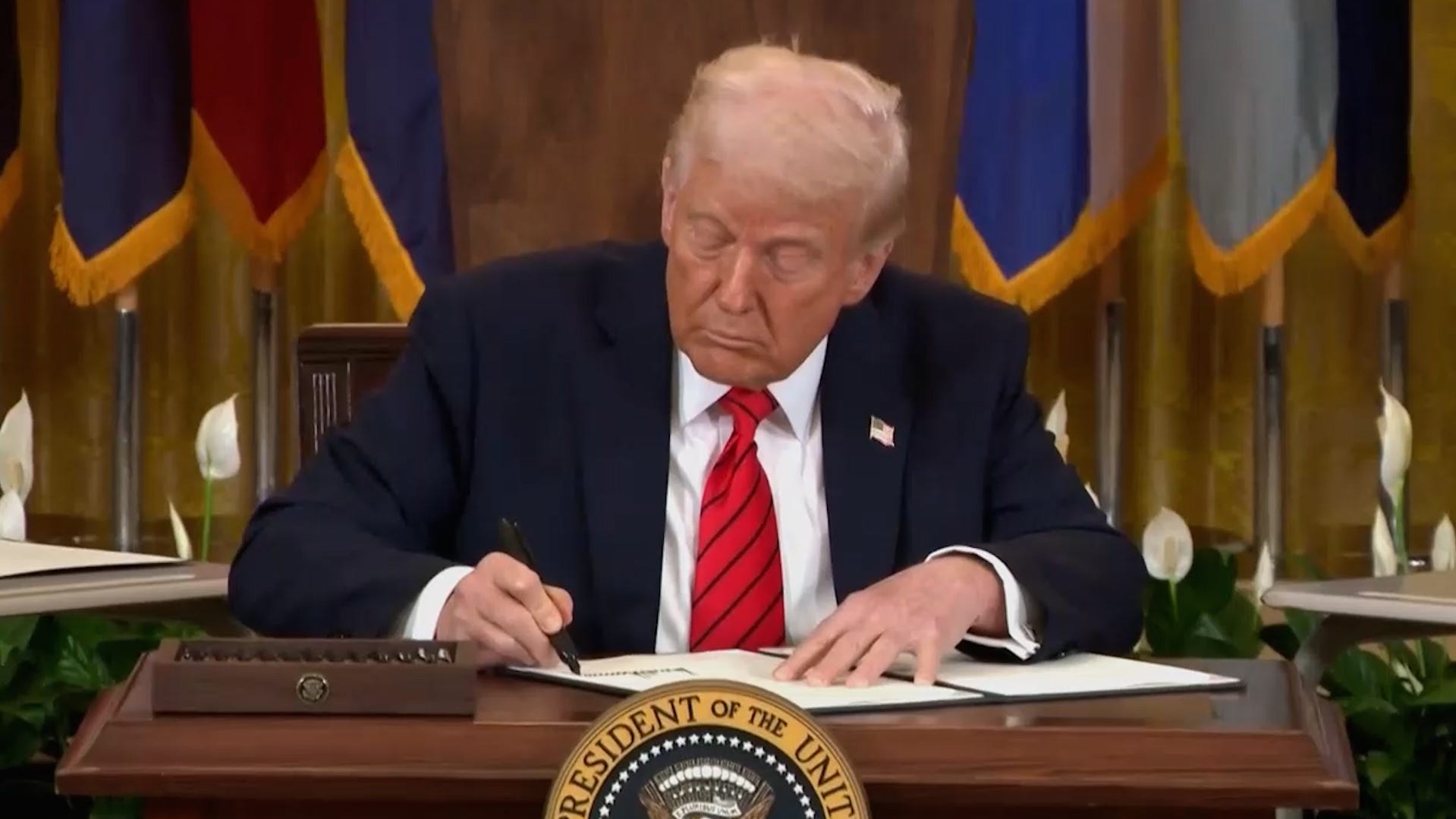HBCU Funding Boost: Examining the Impact of Trump's Executive Order
Historically Black Colleges and Universities (HBCUs) have played a pivotal role in American higher education, providing opportunities for generations of Black students. However, these institutions have often faced significant funding challenges. In 2017, then-President Trump signed an executive order aimed at boosting HBCU funding, sparking considerable debate and analysis. This post delves into the details of the executive order, its impact, and the ongoing conversation surrounding HBCU funding.
Understanding the Executive Order
Trump's executive order, officially titled "Establishing the President’s Board of Advisors on Historically Black Colleges and Universities," was more than just a symbolic gesture. It aimed to streamline federal support for HBCUs by:
- Creating a White House board: This board was tasked with advising the President on HBCU-related matters, ensuring their concerns reached the highest levels of government.
- Improving data collection: The order emphasized the need for better data collection on HBCU funding to better understand needs and allocate resources effectively.
- Promoting partnerships: It encouraged collaborations between HBCUs, the private sector, and other institutions to expand opportunities for students and faculty.
While the order didn't directly allocate new funds, its focus on improving coordination and data analysis was seen as a crucial step towards more effective funding. The premise was that by better understanding the challenges faced by HBCUs, the government could more effectively target resources and support.
Assessing the Impact: Successes and Shortcomings
The impact of the executive order is a subject of ongoing debate. While some argue it led to increased funding and opportunities, others highlight its limitations.
Arguments for Success:
- Increased Awareness: The executive order undoubtedly raised the profile of HBCUs, bringing greater public attention to their significance and the challenges they face. This increased awareness could potentially translate into increased private donations and philanthropic support.
- Improved Coordination: The establishment of the advisory board fostered better communication between HBCUs and federal agencies, leading to more efficient grant application processes and potentially improved access to resources.
- Focus on Innovation: The emphasis on partnerships encouraged HBCUs to engage in innovative collaborations, fostering research and development opportunities.
Arguments Against Success (or Limitations):
- Lack of Direct Funding: The most significant criticism is the absence of direct funding increases. The order focused on improving the process of funding, not the amount. Without substantial financial investment, improvements in efficiency alone might not be enough to address long-standing funding gaps.
- Limited Scope: The executive order's impact was largely dependent on the implementation and effectiveness of the advisory board. Criticisms arose about the board's composition and its ability to truly address the systemic inequalities that HBCUs face.
- Sustainability Concerns: The long-term sustainability of the improvements relies heavily on consistent political support and funding from successive administrations. Changes in presidential administrations could easily lead to shifts in priorities and reduced support.
The Ongoing Conversation: Beyond Executive Orders
The need for sustained and increased funding for HBCUs remains a critical issue. The Trump administration's executive order, while making some positive contributions, highlighted the complexity of addressing long-standing systemic inequities in higher education funding.
Moving forward, several key factors need to be addressed:
- Consistent and Increased Funding: Significant, sustained increases in federal funding are essential for HBCUs to thrive. This funding should be specifically tailored to address their unique needs and priorities.
- Addressing Systemic Inequalities: HBCUs often face systemic disadvantages in terms of endowment size, alumni networks, and access to research funding. Addressing these broader inequalities requires comprehensive strategies beyond just increasing direct funding.
- Promoting Diversity and Inclusion: HBCUs play a critical role in promoting diversity and inclusion within higher education. Sustained investment in these institutions is vital for ensuring equitable access to educational opportunities for all.
The conversation about HBCU funding continues, extending far beyond any single executive order. The future success of these institutions depends on a sustained commitment from all stakeholders – the federal government, private sector, philanthropic organizations, and the HBCUs themselves – to work collaboratively towards ensuring their continued growth and prosperity.
